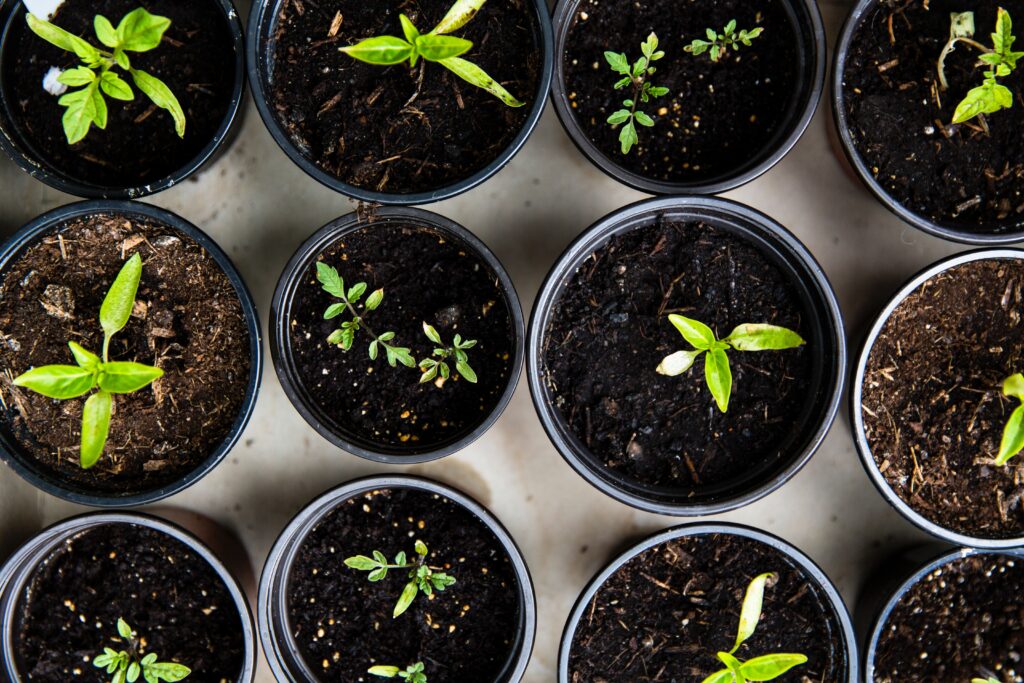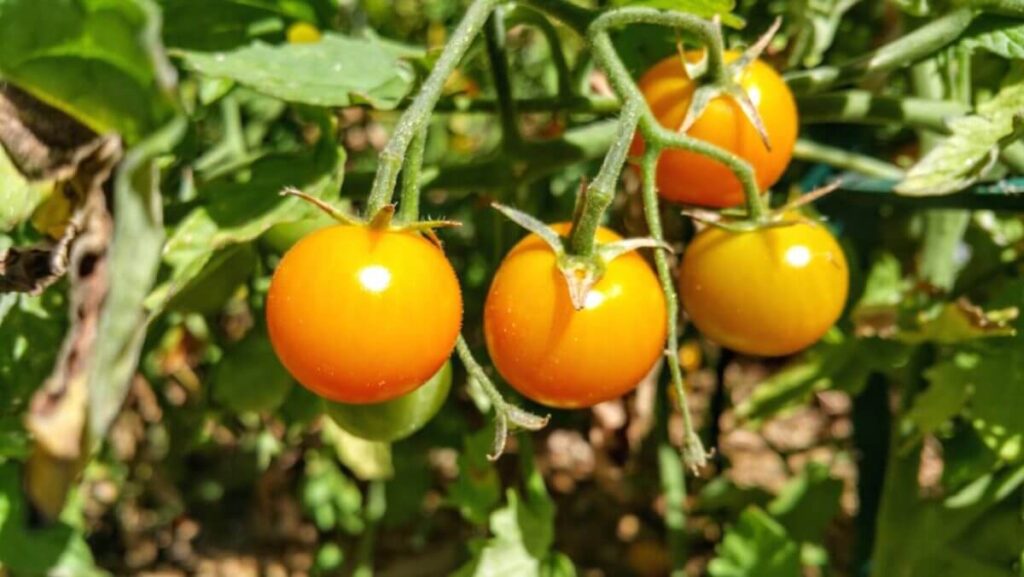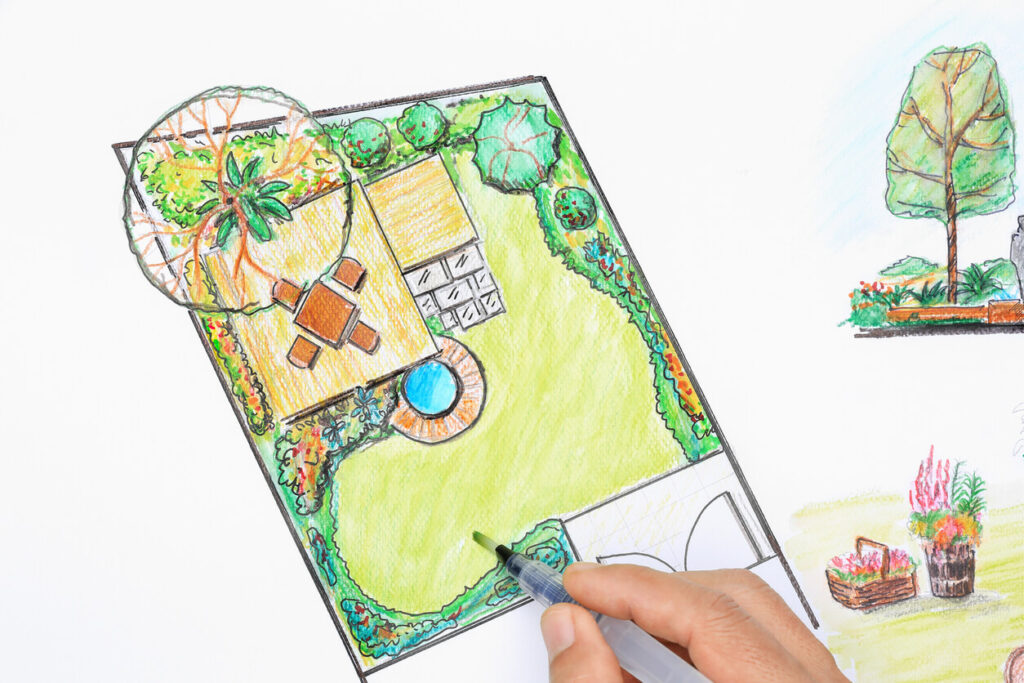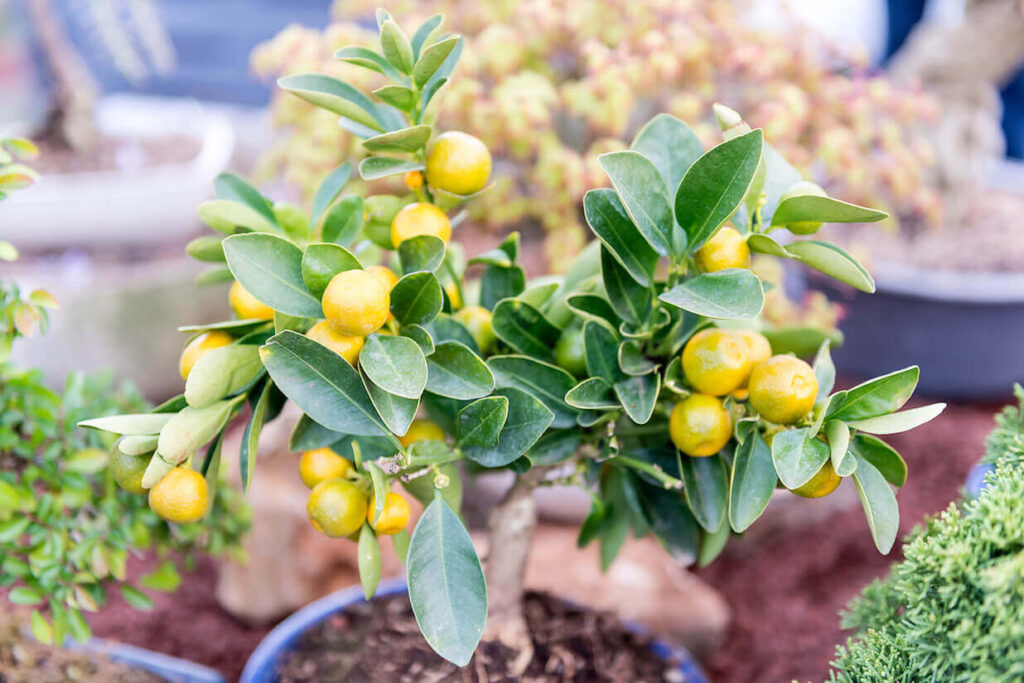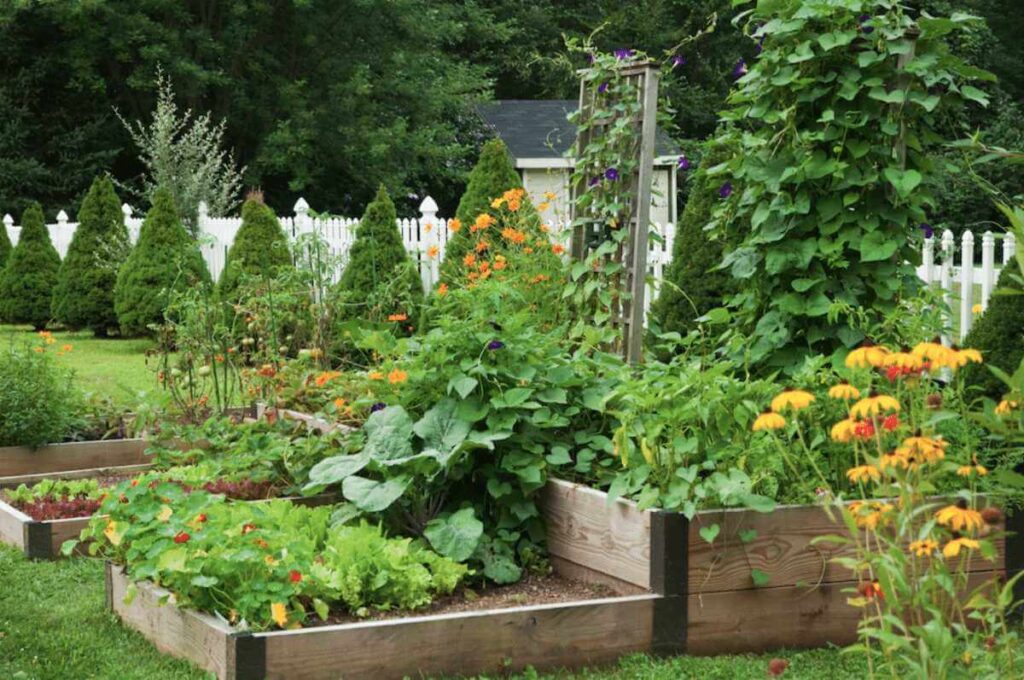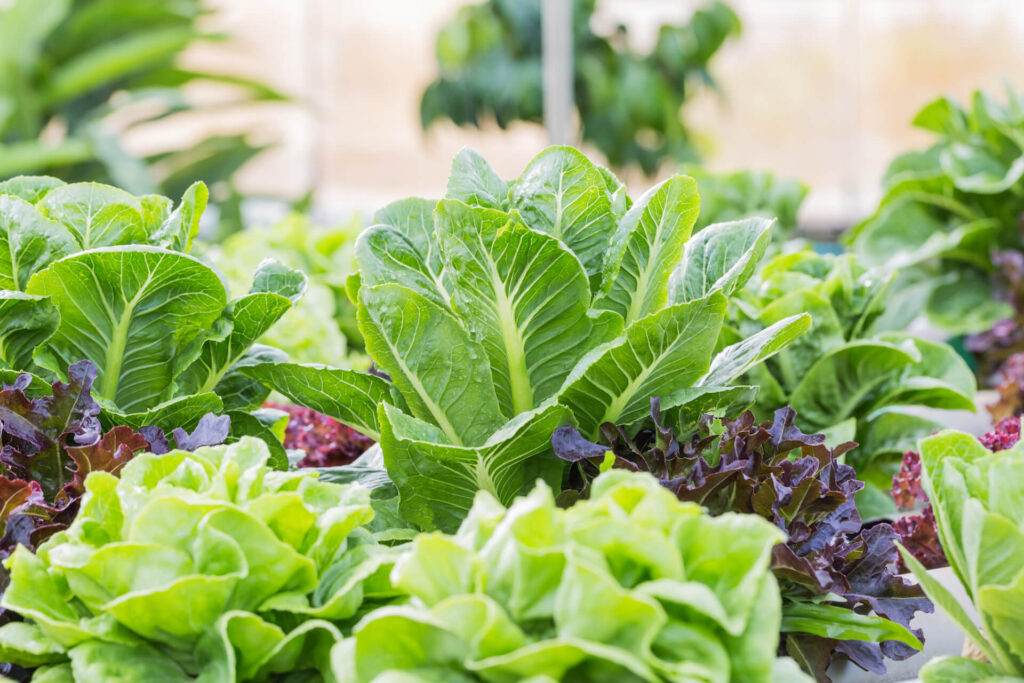Daffodils are the most iconic sign of spring. Even on March’s coldest days, they bravely rise from the soil to poke through the snow, symbolizing new beginnings. They are cheerful and bright yellow or white flowers that can easily lift the spirits of those who plant them or give them as a bouquet of flowers. Daffodils are a wonderful addition to any garden. You can brighten up your flowerbeds with these vibrant bloomers by following our guide.
The ideal soil composition and pH for planting Daffodils
The best soil for Narcissus bulbs is one that is loamy, fertile and well-drained. Because water evaporates quickly in soggy soil, it will eventually cause the bulbs to rot. When planting daffodils, you should aim for slightly acidic soil that has a pH between 6.0 to 7.0. Visit your local extension office to test your soil. They will test your soil, give you a soil sample, and provide suggestions.
When to Plant Daffodil Bulbs
Mid to late fall is the best time to plant daffodil bulb bulbs. This is a few weeks before hard frosts occur in many planting zones. To form spring flowers, they need to be cold-frozen for a period of time. In the spring, you will see the first signs of the blossoms, which are pointy green shoots that emerge from the ground. Aim for September planting in colder climates and November for warmer grow zones.
How to Plant Daffodil Bulbs
These are the steps to help you plant daffodil bulb successfully:
Daffodil Bulbs:
- Choose large bulbs with a firm, dry, paper-like exterior when choosing daffodil bulbs to plant.
- For planting depth, make sure to read the instructions for each variety of bulb you are considering. Dig holes twice as deep as the bulb’s height. This is a good rule of thumb. This is usually about 4-6 inches. They should be spaced equally far apart as they are deep.
- Mix organic fertilizer low in nitrogen into the hole. The fertilizer should not come into direct contact with the bulb.
- Place one bulb into each hole, with the pointed end facing up and the root side facing down.
- To keep them protected throughout the winter, cover them with loose soil and add organic mulch.
- You should water the area.
Watering Daffodil Bulbs
We must consider how to plant daffodil bulbs. After planting, it is also important to consider how to care for them. The key to daffodil growth is watering. They should be kept hydrated throughout the growing season to ensure that the soil is not too dry but remains moist. You can stop watering plants once they bloom. This will allow the foliage to dry and yellow. The fall is a good time to water bulb-planted areas. This will help prevent them from freezing. Water expands the bulb cells and protects them from internal freezing. The soil around the bulbs is also more protected by water.
The Key Nutrients to Growing Daffodils
Before you plant your bulbs, it is a good idea to put some bone meal in the hole. Daffodils require very little maintenance once they are in the ground. Side-dressing new shoots with compost or bone meal can give your soil a boost. Avoid fertilizers high in nitrogen.
Growing Daffodils
Daffodils are an excellent plant to grow, whether you’re new to gardening or want to add vibrant blooms to your garden. These perennial show-stoppers will continue to grow year after year and produce more sister bulbs with each passing season. They are easy to care for and grow well, and look great when they are planted in densely-packed areas of the garden. After the flowers are gone, you may be wondering what to do with the leaves. After your daffodils are fully bloomed, let the foliage dry and turn yellow. It is possible to tie the foliage back so that it is neater, but this is not necessary. Never trim the leaves while they are still green. To produce future blooms, the bulb absorbs energy from the plants.Enjoy your daffodils!
